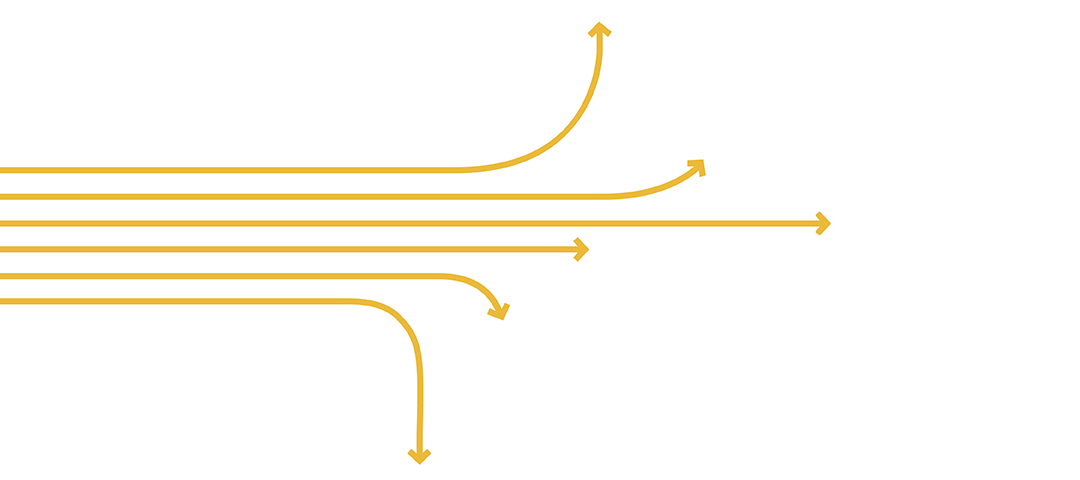The Future of Asia: Forces of Change and Potential Surprises – Supplementary Report

Willingness to Experiment in Governance and Service Delivery
On this page
What is it?
Why is it important?
References
What is it?
E-governance is the application of Information and Communication Technology (ICT) to all aspects of government and governance. E-governance can increase the efficiency and effectiveness of public organizations in delivering services while at the same time managing relationships and developing policy with citizens and businesses. It consolidates internal government operations with greater exchange between departments and may reduce corruption, especially in developing countries.1 By 2018, Asia will lead the world in Internet subscriptions, and access to the Internet through mobile devices is estimated to grow 56-fold, from 14 million in 2010 to 788 million in 2015. Asian governments are capitalizing on this and e-governance in Asia is beginning to show its potential as an important driver for the improvement of government and governance, particularly in high-income economies like South Korea, Singapore and Japan, but also emerging countries like India and China.2
India’s efforts to manage the biggest democracy in the world have resulted in the launch of a mobile governance system to speed up service delivery in rural areas as well as reduce costs. Indeed, India is home to the world’s most ambitious personal identification program called AADHAAR.3 The system uses biometric information such as finger prints and retinal scans as the basis for providing every Indian citizen with a 12-digit unique identification number. The ID will in turn be the basis of information records and service delivery.
Another growing trend is governments using ICT to censor online content. In China, computer-assisted censorship is employed to control information flow on search engines and social media websites. Digital monitoring is becoming increasingly sophisticated. The government is learning to allow more sensitive content in the form of conversation while impeding attempts at citizen mobilization.
Why is it important?
E-governance allows governments to leapfrog their existing modes of operation and increase the potential for delivering cost-effective policies with high levels of reach and transparency. As access to the Internet expands in urban and rural areas, governments will be able to improve the availability of services to the population, gaining the ability to rapidly transmit and receive information between governments and stakeholders.
These technologies, however, can also be used by governments for purposes at odds with the public interest. ICT can be used to block the flow of information, to exclude stakeholders and to violate privacy and human rights, and can also be used in ways that discourage online business innovation.
In short, ICT use can have profound effects on the availability and flow of information and the speed, nature and inclusivity of decision-making. As such, the way in which it is applied by governments and citizens in Asia should have a significant effect on governance and therefore all other aspects of the region in the future.
References
- Mistry, J. and A. Jalal. “An Empirical Analysis of the Relationship Between E-government and Corruption.” The International Journal of Digital Accounting Research. October 2012. http://www.uhu.es/ijdar/10.4192/1577-8517-v12_6.pdf(link is external)
- United Nations. “E-Government Survey 2012: E-Government for the People.” March 2012. http://www.un.org/en/development/desa/publications/connecting-governments-to-citizens.html(link is external)
- Unique identification Authority of India. http://uidai.gov.in/http://uidai.gov.in/